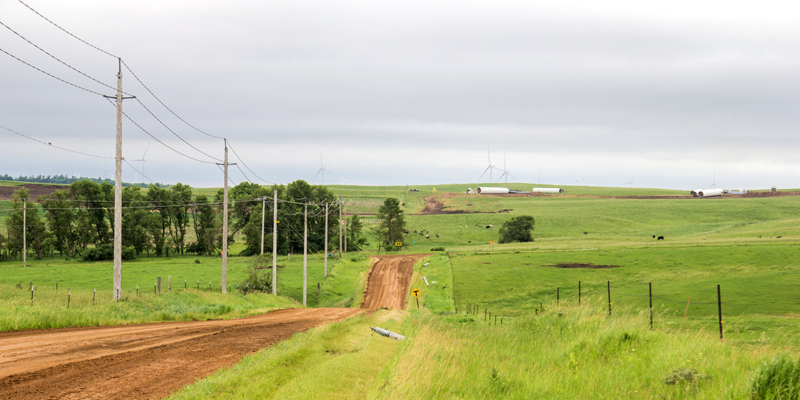Accurate Interconnection Studies Can Lower Grid Costs

Interconnection costs have been rising substantially as many regional transmission organizations (RTOs) and independent system operators (ISOs) observe dramatic growth to their interconnection queues in recent years. This can make connecting new generation assets a very timely and costly process, especially for renewables. PJM, an RTO that coordinates the movement of wholesale electricity in all or parts of 13 states and the District of Columbia, is currently experiencing the most extreme increases in projects looking for interconnection and associated costs.
The peak load at PJM reached 155 gigawatts (GW) in recent years. By the end of 2021, the amount of generation and storage capacity looking for grid interconnection had swelled to nearly double the peak load, at 259 GW. Of that, 116 GW is solar, 42 GW is standalone battery storage, 32 GW is solar-battery hybrids and 39 GW is wind. In total, the interconnection queue in 2021 increased by 240 percent compared with year-end 2019.
Strong Demand Drives Costs
Strong demand for grid interconnection has sent costs soaring. For completed projects, average costs in 2020–2022 were double what they were in 2000–2019, $42 to $84/kilowatt (kW). Mean costs for active projects grew even more, from $29/kW over 2017–2019, to $240/kW over 2020–2022. Withdrawn projects faced the highest interconnection costs with a mean of $599/kW, a key factor in those withdrawals, which totaled a capacity of 432 GW by the end of 2021.
“Transmission system operators are requiring new large generators seeking grid connection to undergo impact studies before construction to calculate interconnection costs,” CFC Analyst Chris Whittle said.
The process helps establish what new transmission equipment and upgrades will be needed before a project can connect to the system and then assigns the costs of that equipment. According to the Lawrence Berkeley National Laboratory (LBNL), these rising interconnection costs are also largely attributable to increases in broader network upgrade costs, beyond the interconnecting substation.
“With renewable projects dominating the amount of capacity in queue, these types of generation technologies have the highest average interconnection costs,” Whittle explained.
From 2017 to 2022, average interconnection costs were $335/kW for storage, $253/kW for solar, $136/kW for onshore wind and $385/kW for offshore wind. With a lack of demand for connecting new natural gas generation, those average interconnection costs are much lower as compared to renewable generation sources, averaging $24/kW over 2017–2022, according to LBNL.
Backlogs, Approach Add to Delays
Another important factor in the increasing interconnection costs and queue backlog is PJM’s original standard of a “first come, first served” process. This forced PJM to begin interconnection processes for the projects that approached them first, regardless of whether the projects were actually ready to start the interconnection process or not. By the end of 2022, the Federal Energy Regulatory Commission (FERC) approved PJM’s request to switch to a “first ready, first served” process to try to speed up interconnection.
“As PJM works through its backlog of interconnection requests, they will not be able to review any new interconnection requests until early 2026, in accordance with FERC’s decision in late 2022,” Whittle added.
SOURCE: Lawrence Berkeley National Laboratory
The swelling interconnection queue and rising costs are not phenomena limited to PJM. Midcontinent Independent System Operator (MISO), an ISO managing the flow of high-voltage electricity across 15 U.S. states and the Canadian province of Manitoba, has reported similar trends including a rapidly growing interconnection queue, dominated by renewables, rising interconnection costs and broader network upgrade costs. Projects in MISO that completed all the required interconnection studies had the lowest cost of interconnection compared with those still actively working through the interconnection process or those that have withdrawn.
“Undergoing accurate interconnection studies on the early side of the process can drastically lower the interconnection costs associated with a project and increase the probability of that project being successfully completed and connected to the grid,” Whittle concluded.